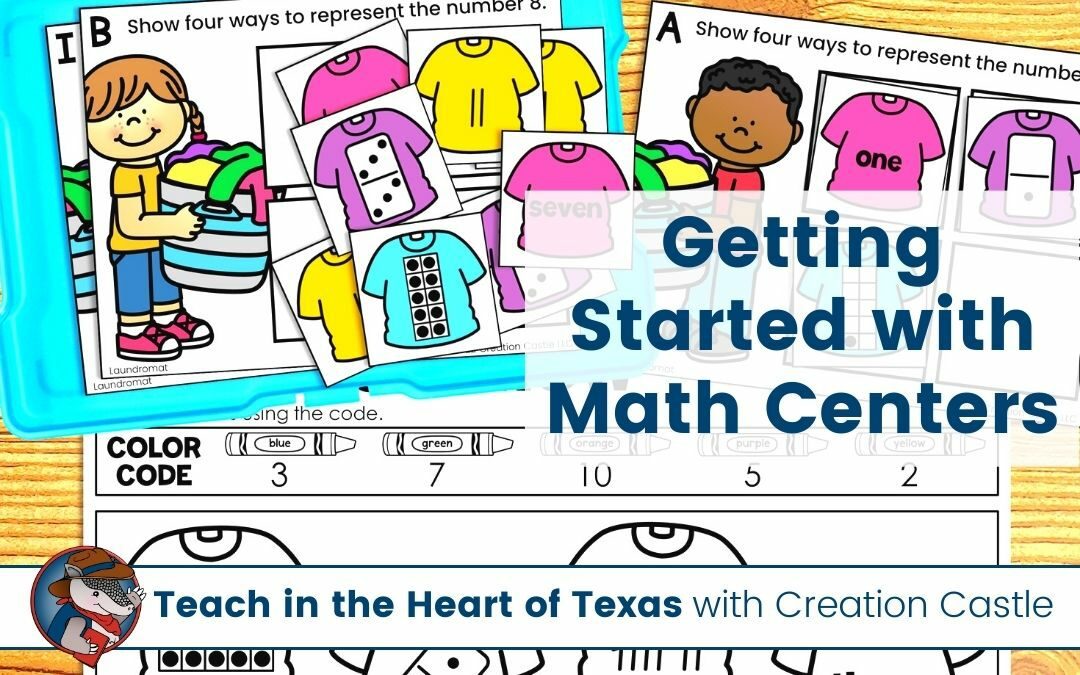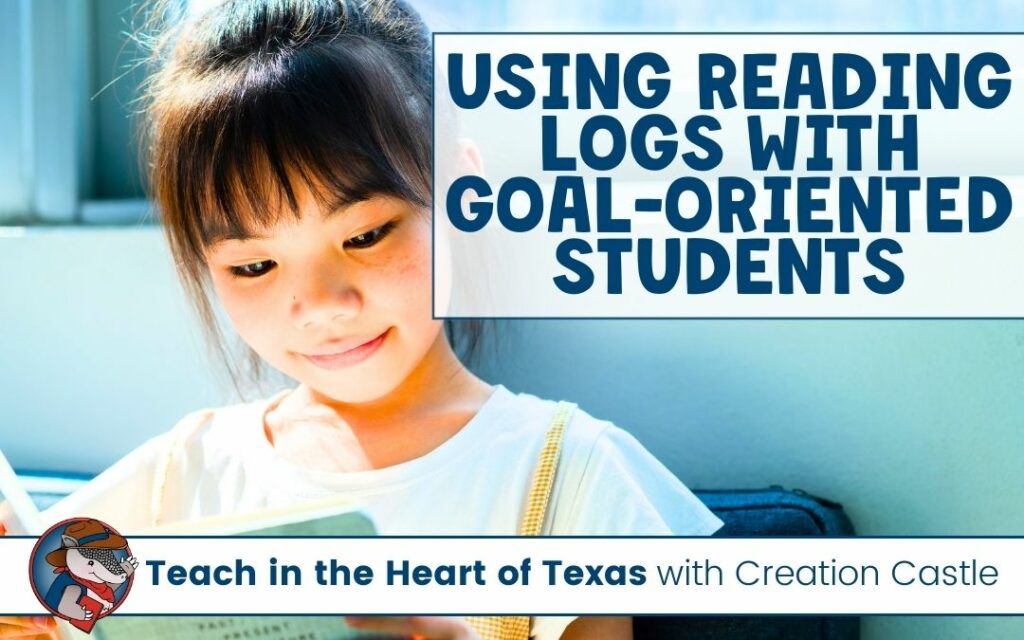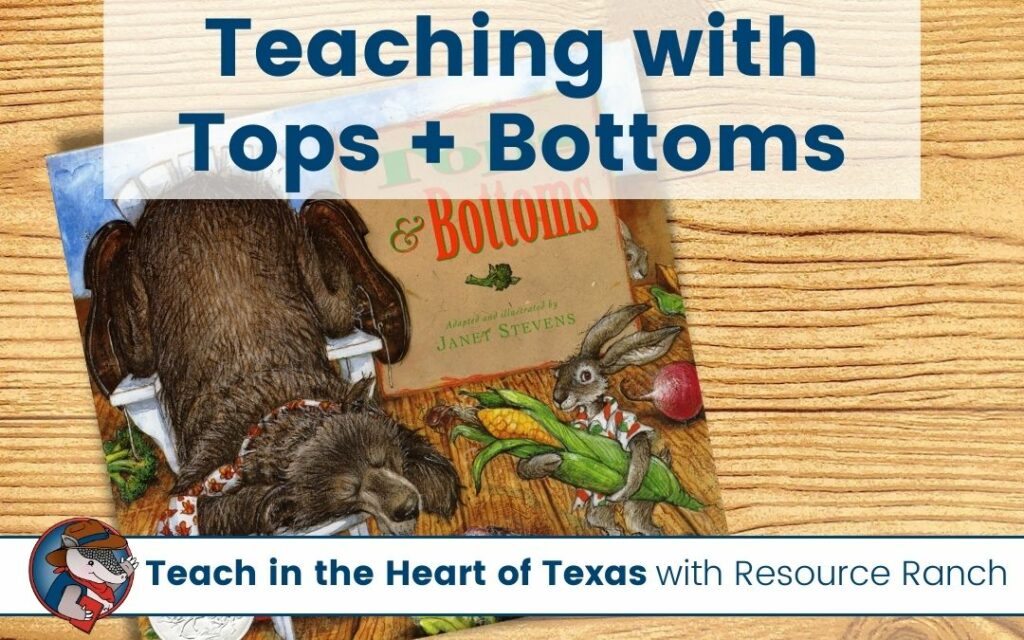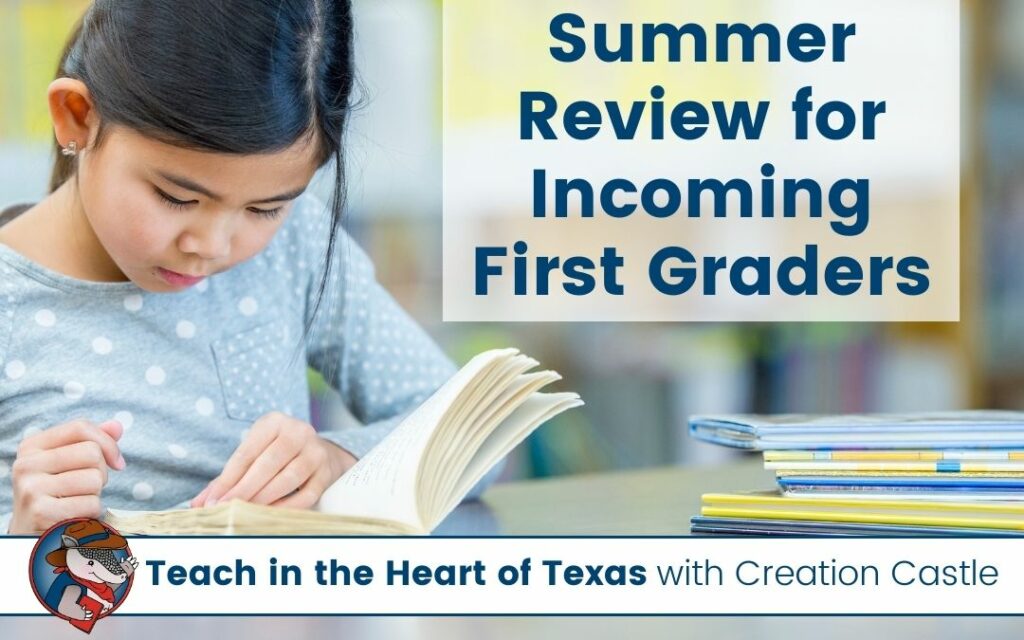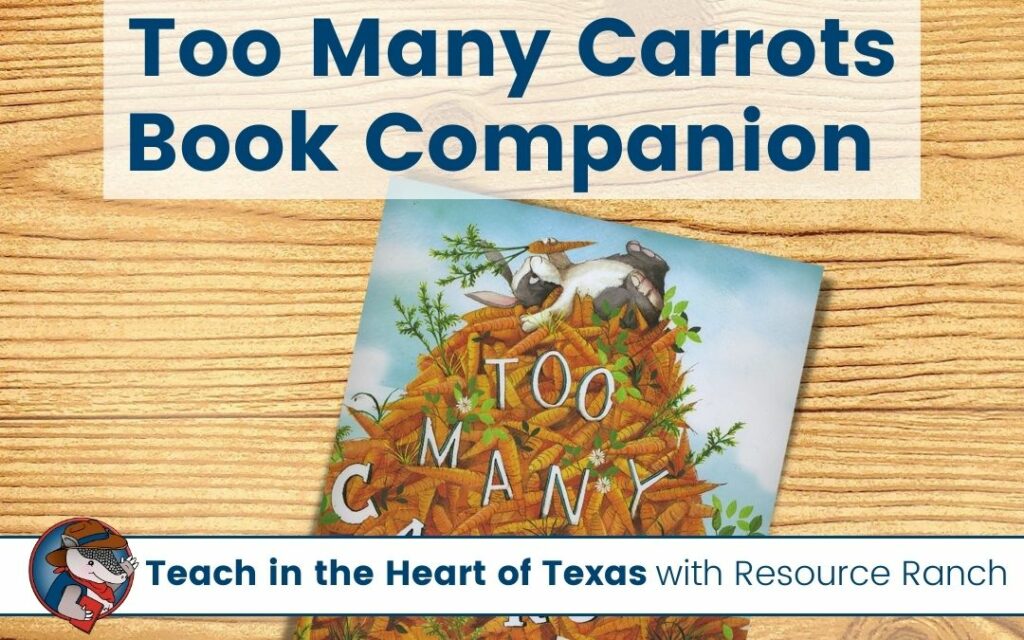If you look at kindergarten math centers through a student’s eyes, you’ll see fun activities that are a nice break from learning. BUT we really know that these hands-on, engaging activities are where some of your students will learn the most.
Quick Links
Start with a Plan for Your Kindergarten Math Centers
With that in mind, before you even start to think about the center activities, you need to consider what centers will look like in your classroom.
I’ve listed some guiding questions below to help you start thinking about your setup and structure for math centers. Don’t get overwhelmed there is no right or wrong answer here.
- Where in your room will centers take place? Will there be a designated area for centers or will students work around the classroom?
- Will students work at each center with a partner or in a small group?
- How will your students be paired or placed in groups? (homogeneous or heterogenous combinations)
- How many centers will students rotate through each day?
- Which days during the week will students attend math centers?
- How long will students be at each center?
- What common materials will your students need?
- Where will students store unfinished work?
- What will students do with completed work?
The answers to some of these questions will make a big impact on other decisions you need to make – like how many centers you need to prepare or how you need to set up your center rotation chart.
In my classroom, I put my students in pairs (with the occasional group of 3), because most of my students did not do well in groups unless they were supervised. So keep in mind that what you think will work for your students may change once your students actually start working in your classroom. Be flexible!
Because I had my kids in pairs, I had to prepare about 10 math centers for them to rotate through in addition to meeting with me and using technology (computers and tablets). That gave me 13 math stations which was enough for all my students.
Organize Your Kindergarten Math Centers Materials
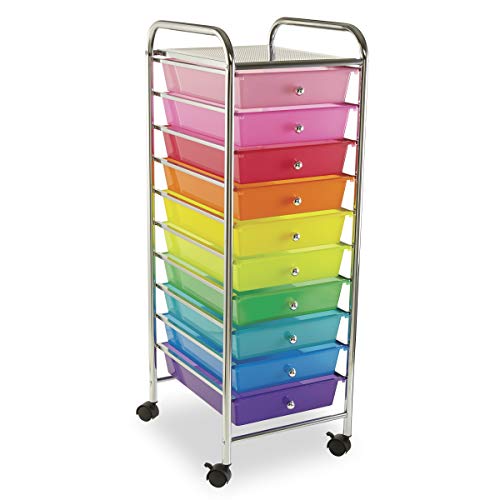
As we’ve talked about before, I could talk about organization FOREVER. Your math centers will have a lot of moving pieces, so this is a very important thing to think about!
When it comes to your math centers, there are two main things you need to consider when it comes to organization.
- How will the materials be organized for student use?
- How will you store your kindergarten math centers when they are not in use?
What you ultimately choose here really depends on how much space you have in your classroom, the furniture and storage you already own, and how much money you want to invest in this project.
First, let’s chat about how your students will access their math centers. I have three main recommendations for organizing your kindergarten math centers for your students. I have used all these methods in the past. You’ll probably find you’ll need to use a combination of solutions!
- My favorite way to store centers that are mainly worksheet-based is with 10 drawer rolling carts or sets of Sterilite drawers. This is where I like to keep things like stamping centers, roll and cover centers, etc.
- On the other hand, photo boxes are the best way to store task cards! The cards fit perfectly and the boxes are easy for kids to grab to take to their seats or somewhere else in the room. Sometimes you can even fit manipulatives in the boxes too.
- If you already have some sort of cubby storage system in your classroom (how lucky are you!), I would definitely make use of that space. My classroom had a big set of cubbies on wheels. There were twelve cubbies and they were just the right size for baskets. I was able to fit worksheets, pieces, and manipulatives for each center in one basket! This could also be achieved with a bookcase.
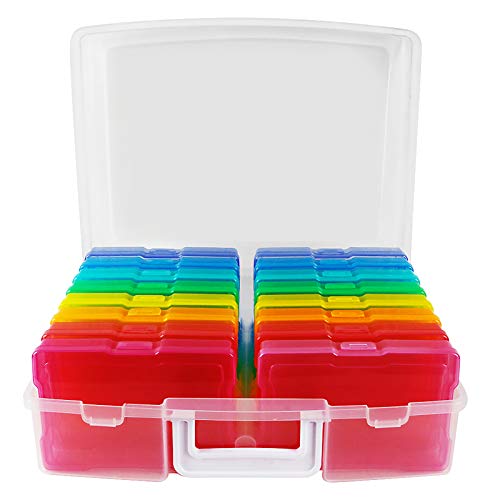
When it comes to the long-term storage of your kindergarten math centers, you have lots of options. Here are some of your choices:
- plastic bags
- envelopes
- photo boxes
- scrapbook cases
- file folders/filing cabinet
- rolling cart
- Sterilite drawers
- Binders
If you have the space, I would suggest keeping the pieces for the centers in photo boxes and worksheet masters in binders. If you store your materials this way, that means you can just pull out the photo boxes for your students to work with and put them back away when they are done.
The real question here is how will you store them – by theme or by skill? Read more about my argument for each method and pick up some storage labels here.
One more thing to consider when it comes to organization is how your students will store their unfinished work and what they will do with their finished work.
As part of my City Centers System, students use Under Construction folders to store their unfinished work. Pick up a free set of labels for your classroom here.
Even if you don’t plan to grade your students’ center work, I would still have them turn in their accountability worksheets. Otherwise, they may lose motivation to stay on task during their center work.
Plan Your Kindergarten Math Centers with Purpose
The most important thing to consider when getting started with your kindergarten math centers is the content.
I know how easy it is to get caught up in a cute set of centers or pick up a cheap pack of monthly centers. But you really need to put more thought into your centers than that.
As I said at the beginning of this post, kids don’t see math centers are work – but it is. Before anything else, you need to make sure that your centers are addressing standards and are giving students varied practice with those skills.
My City Centers System™ was developed to allow you to find centers that are fun, engaging, and most importantly cover standards in multiple formats. Read all about the system and how to implement it in your classroom here.
Kindergarten Math Centers Don’t Have to Be Complicated
If you take the time to think through your needs and wants for math centers in your classroom and set up a system that works for you, I think you’ll find the task less stressful as you replenish your centers every month.
The most important thing to remember is that your centers are for your students to enhance their learning and hone their skills.
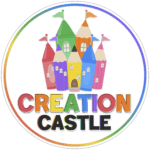
Creation Castle
Heather is the author of Creation Castle. She has experience with general education, special education, and ESL students in kindergarten through fifth grade. She specializes in early elementary math and literacy, as well as organization.

